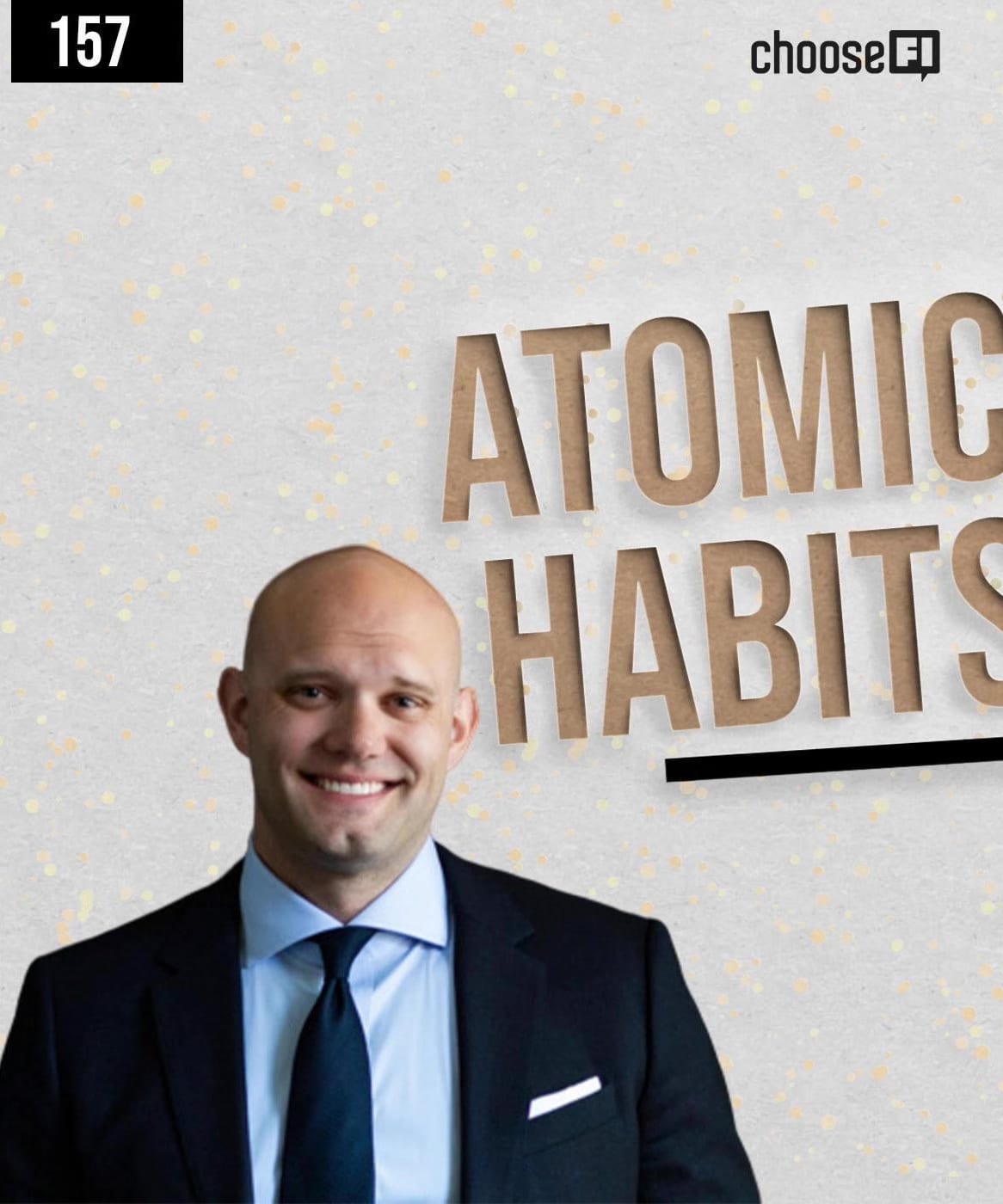How to implement a habit
Sources:
To implement a habit effectively, you can leverage several strategies. , the author of "Atomic Habits," discusses how to layer habit strategies, such as combining implementation intentions with commitment devices. For example, setting a specific time and place for an activity ("I will go to the park at 6:00 AM and go for a run") and then creating a social obligation by involving a friend to meet for the run acts as a commitment device to ensure follow-through 1.
Furthermore, , an expert on procrastination, explains the power of making goals concrete to combat procrastination and form new habits. By setting implementation intentions described as "In situation X, I will do behavior Y to achieve sub goal Z," and making these goals as specific as possible, it ties the cue for the action to the environment, helping to break old habits and establish new ones. shares a personal example of improving dental hygiene by setting a rule for himself: "When I pick up my toothbrush, I will put the floss on the counter," and then following up by using the floss after brushing 2.
By using specific, concrete goals, and incorporating them into your daily life with cues from your environment, you can successfully implement a habit.
Could you provide more detailed tips on building a new habit?
Sources:
offers multiple detailed tips for building new habits. His four laws of behavior change described in "Atomic Habits" highlight the foundations for habit formation:
- Make it obvious: Design your environment so that the cues for good habits are prominent and cues for bad habits are hidden. For example, placing a book on your pillow if you want to read more.
- Make it attractive: Choose an appealing version of the habit. This could include selecting a meditation with pleasant music if that's what interests you.
- Make it easy: Start with a habit that takes two minutes or less to do. For example, scale down "meditate for 30 minutes" to "meditate for 60 seconds."
- Make it satisfying: Incorporate some kind of additional benefit that makes the habit more gratifying, like a favorite drink after a meditation session.
It's also crucial to consider the implementation of the habit itself. After establishing one habit, you can link a new habit to it, such as meditating for 60 seconds after making your morning coffee. This chaining of habits turns them into a stable routine by embedding them in the flow of your daily life.
For example, if your morning routine includes making your bed and then showering, you could build a habit of reading by deciding to place a book on your pillow before you shower. When you go to bed, the book will be there waiting for you, making it easy to remember to read 1.
When encountering a new habit that feels difficult, start with a tiny version of it to make it easier to stick to. Once you've established the habit, even if in a small form, you can then expand and improve it. For example, turn the goal of meditating for 30 minutes every day into starting with just 60 seconds of meditation. This is known as the "Two Minute Rule," aimed at mastering the art of showing up 2.
Additionally, discusses the importance of making the habit satisfying by associating it with a reward, and the role of environment in either promoting good habits or making it difficult to engage in bad habits 3.
For breaking bad habits, recommends making them invisible, unattractive, difficult, and unsatisfying, which is the opposite process of building good habits 4.
Moreover, emphasizes that instead of trying to stop a bad habit, one should focus on replacing it with a new habit, as trying to suppress thoughts about a habit can lead to a behavioral rebound effect where you end up doing it more 5.
Finally, building identity-based habits is pivotal. Decide on the type of person you want to be and prove it to yourself with small wins. Every small habit performed is a vote for that new identity 6.
Remember, the goal isn't just to achieve a result but to become someone who embodies the habits associated with that result.
Can you explain more about productive meditation?
Sources:
explains productive meditation as a method to solve professional problems while engaging in physically low-impact activities such as walking. The key characteristics of productive meditation involve setting a specific problem to think about during a walk, noticing when the mind wanders away from this problem (without judgment), and consistently redirecting attention back to the problem. This process not only aids in solving the issue at hand but also improves one's ability to focus and enhances cognitive functions like working memory 1 2 3.
This technique borrows elements from mindfulness, particularly the non-judgmental awareness of the mind's wandering, which is then patiently redirected back to the central issue being contemplated. Over time, this practice can lead to significant improvements in concentration and the ability to hold complex ideas in mind without the need for external aids like computers or notebooks 4 5.
Those who routinely engage in productive meditation often find that their cognitive performance, particularly in terms of concentration and handling complex problems, improves significantly. The process can be challenging at first, akin to a mental workout, but consistent practice yields substantial benefits 6.
RELATED QUESTIONS




